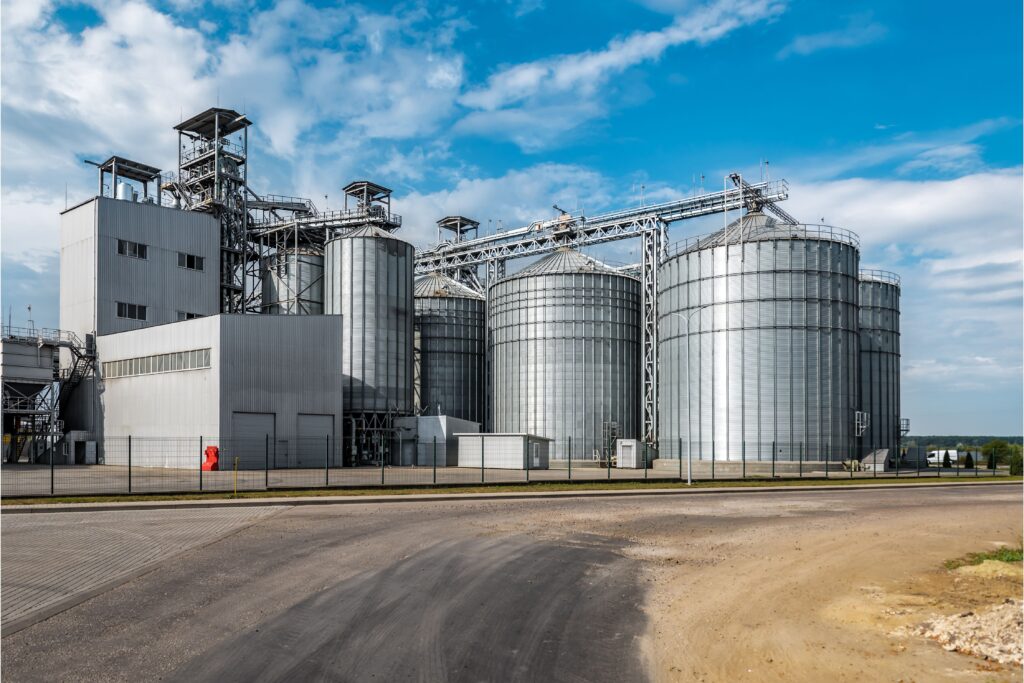Industrial architecture is a fascinating and essential branch of architectural design that focuses on creating structures for industrial purposes.
In this article, we will explore the world of industrial architecture, its history, various types, key characteristics, modern styles, and its profound impact on the construction industry.
Additionally, we will highlight the significance of the collaborative relationship between architects and builders and introduce Glamorous, your go-to destination for exceptional architectural services.
What Is Industrial Architecture ?
Industrial architecture is the specialized field of architectural design that is dedicated to planning and constructing structures primarily intended for industrial use.
These structures can encompass factories, warehouses, manufacturing facilities, and more. Industrial architects aim to strike a balance between functionality, safety, and aesthetic appeal within these utilitarian spaces.
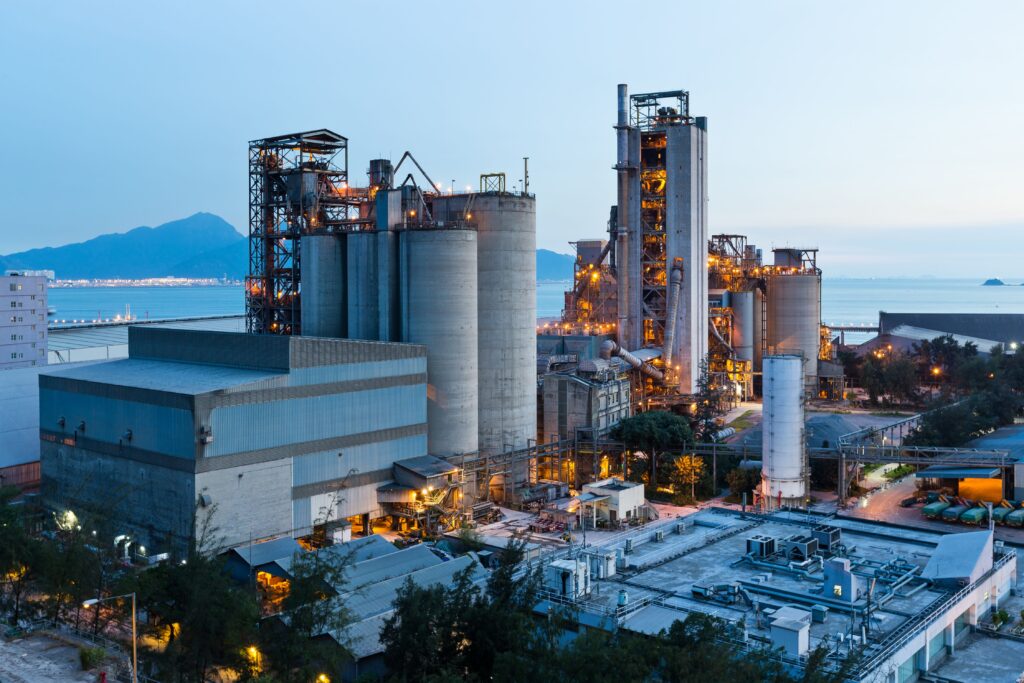
Industrial Architecture History
The history of industrial architecture is deeply intertwined with the evolution of the Industrial Revolution.
From the birth of mechanized manufacturing in the 18th century to the modern era of advanced automation, industrial architecture has continuously adapted to the changing needs of industries.
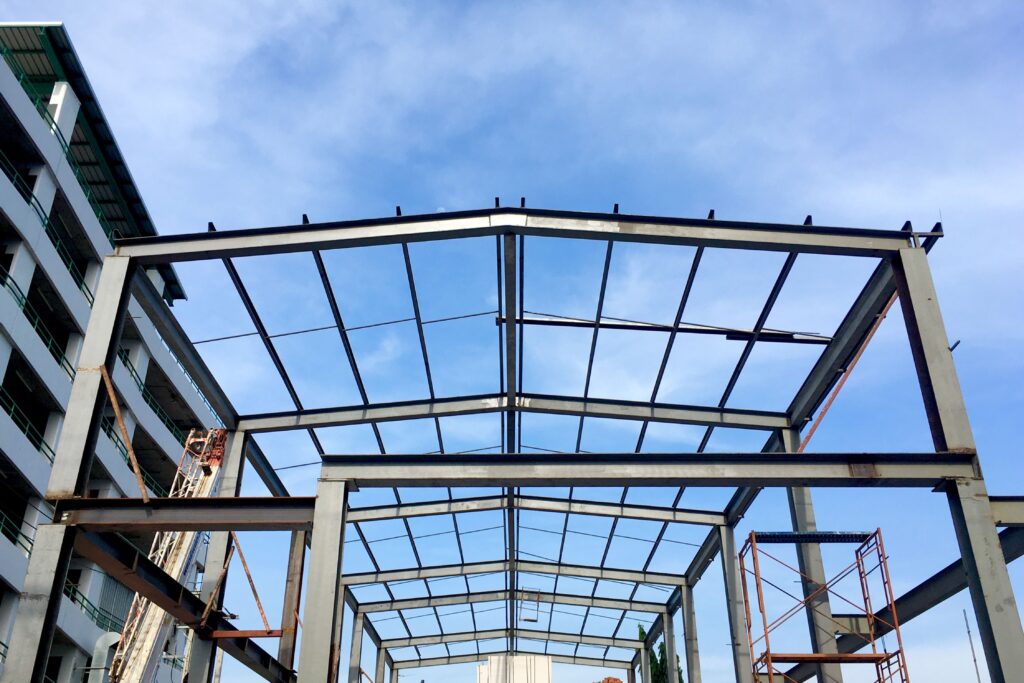
Types of Industrial Architecture
There are several types of industrial architecture, some of which include the following:
Factories
Factories are the heart of industrial architecture, designed for manufacturing and production processes. They often feature large open spaces, high ceilings, and specialized equipment to support industrial activities.
Warehouses
Warehouses are essential for storage and distribution. These buildings prioritize efficient use of space, accessibility for trucks, and robust security systems.
Distribution Centers
Distribution centers serve as hubs for shipping and receiving goods. Their design focuses on optimizing logistics, including storage, loading docks, and transportation access.
Power Plants
Industrial power plants, such as coal, natural gas, or renewable energy facilities, require specialized architecture to house machinery and ensure safety.
Refineries
Refineries in the petrochemical industry process raw materials into valuable products like fuels and chemicals. They feature intricate piping systems and safety measures.
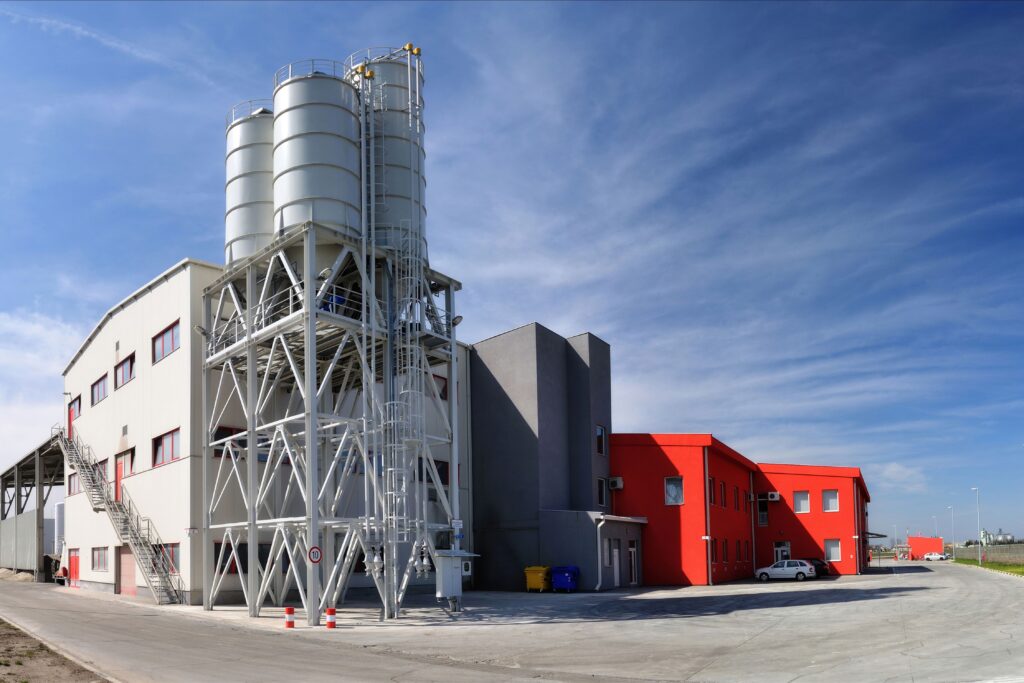
Industrial Style Architecture
Industrial style architecture, a design trend born out of the practical necessities of the 18th and 19th centuries, has evolved into a celebrated aesthetic that continues to influence contemporary design. This architectural style, characterized by its emphasis on functionality, raw materials, and exposed structural elements, offers a unique blend of form and function.
From repurposed factories to modern loft apartments, industrial architecture provides an urban, edgy, and utilitarian vibe that resonates with those seeking a balance between modern aesthetics and historical authenticity. This article explores the origins, key features, and enduring appeal of industrial style architecture in today’s ever-evolving design landscape.
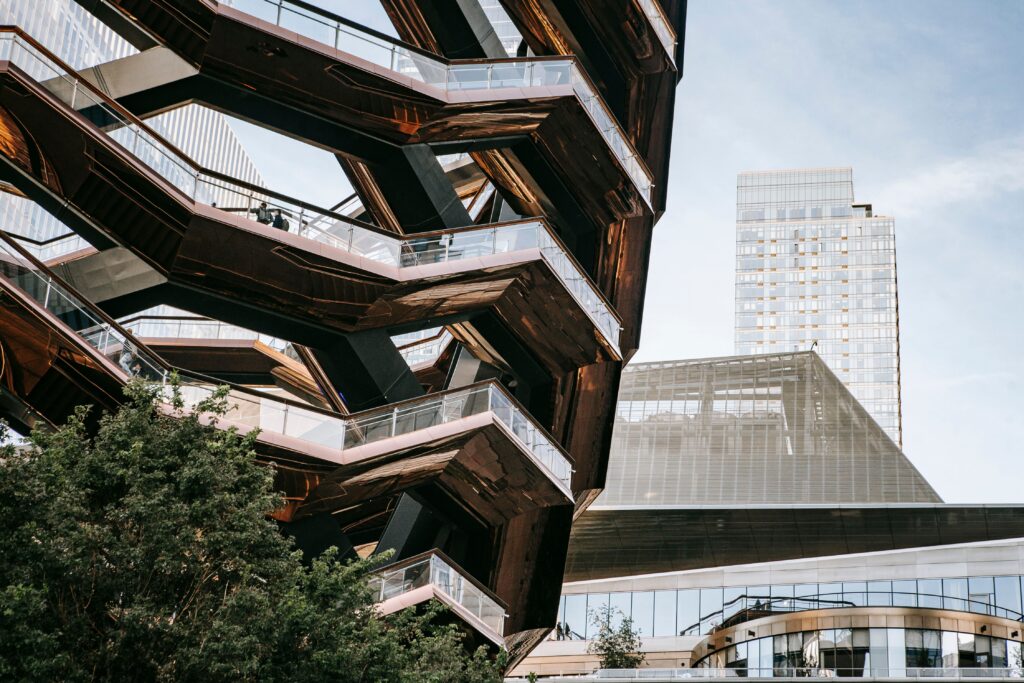
Industrial Architecture Design
Industrial architecture design is a captivating blend of form and function, where aesthetics meet the practical demands of manufacturing and production.
These designs are a testament to human ingenuity, transforming factories, warehouses, and industrial spaces into structures that not only serve their utilitarian purpose but also make a striking visual statement.
From the grandeur of steel-framed factories of the early 20th century to the modern, sustainable industrial parks of today, this article delves into the evolution of industrial architecture and its enduring influence on our urban landscapes.
Explore how innovative materials, advanced technologies, and sustainable principles continue to shape the future of industrial architecture, paving the way for functional, eco-friendly, and visually stunning spaces that drive progress and innovation.
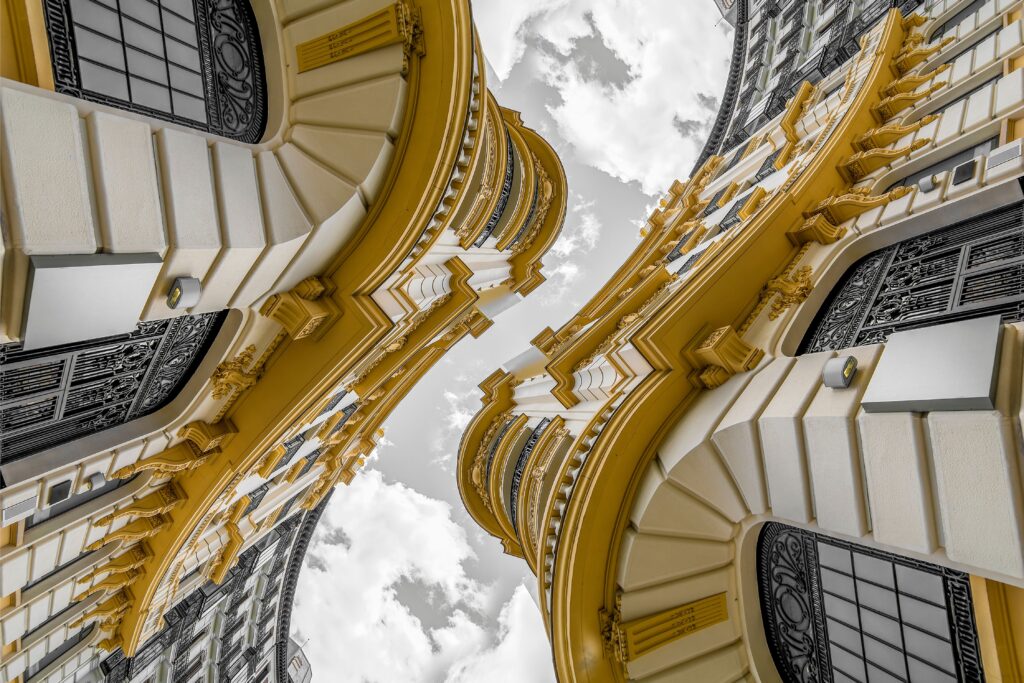
Modern Industrial Architecture
Modern industrial architecture embraces contemporary design principles, sustainable features, and innovative technologies to meet the demands of modern industries.
Key Characteristics of Modern Industrial Architecture
Modern industrial architecture is marked by its adaptability and sustainability. Architects in this field prioritize the following characteristics:
–Sustainability: The integration of eco-friendly materials and energy-efficient designs is paramount in modern industrial architecture.
–Flexibility: Spaces are designed to be versatile, accommodating evolving industrial needs.
–Innovative Materials: The use of cutting-edge materials and construction techniques is prevalent
–Technological Integration: Modern facilities often incorporate advanced technologies for improvement efficiency.
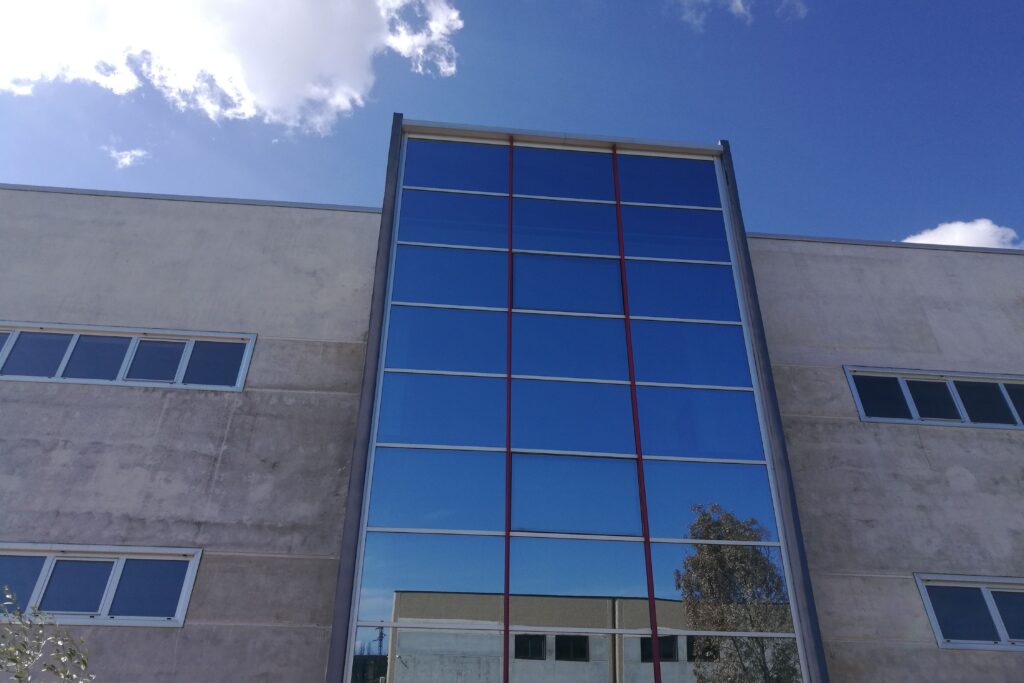
Modern Industrial Architecture Styles
Modern industrial architecture encompasses various styles, each with its unique appeal:
Minimalist: This style focuses on clean lines and simplicity, eliminating unnecessary ornamentation.
High-Tech: High-tech industrial architecture embraces technology, featuring futuristic designs and smart systems.
Sustainable: Sustainability-driven designs prioritize eco-friendly materials and renewable energy sources.
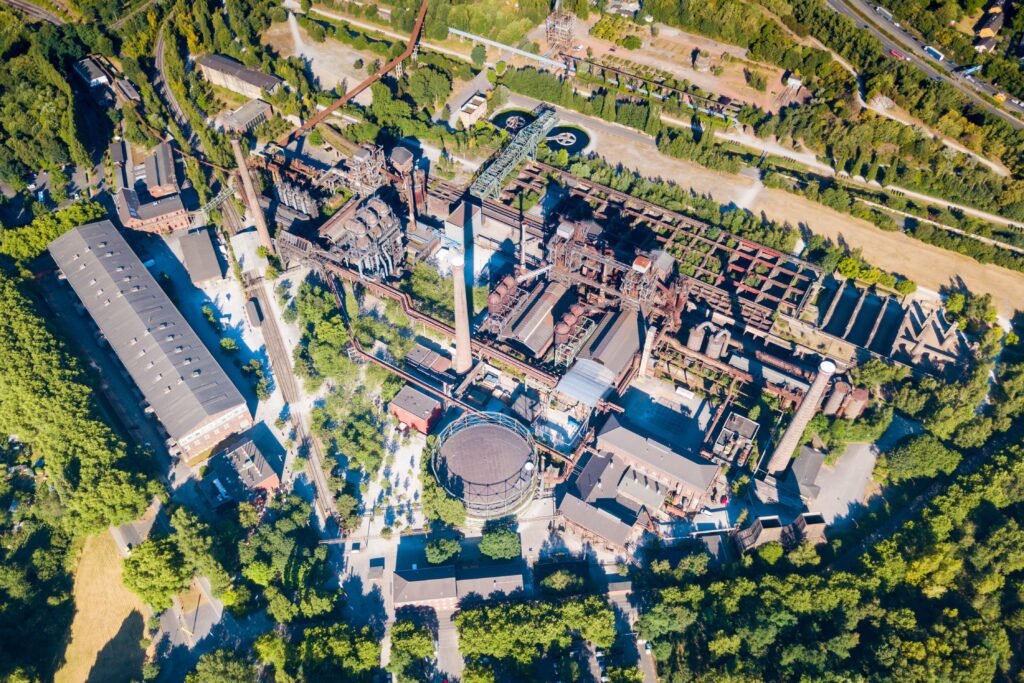
The Art of Industrial Building Design
Industrial building design is a creative process that merges functionality with aesthetics. Architects in this field craft spaces that are not only efficient but also visually captivating.
Factory Building Design
Factories are the lifeblood of industrial architecture. Their design revolves around optimizing production processes and ensuring worker safety and comfort.
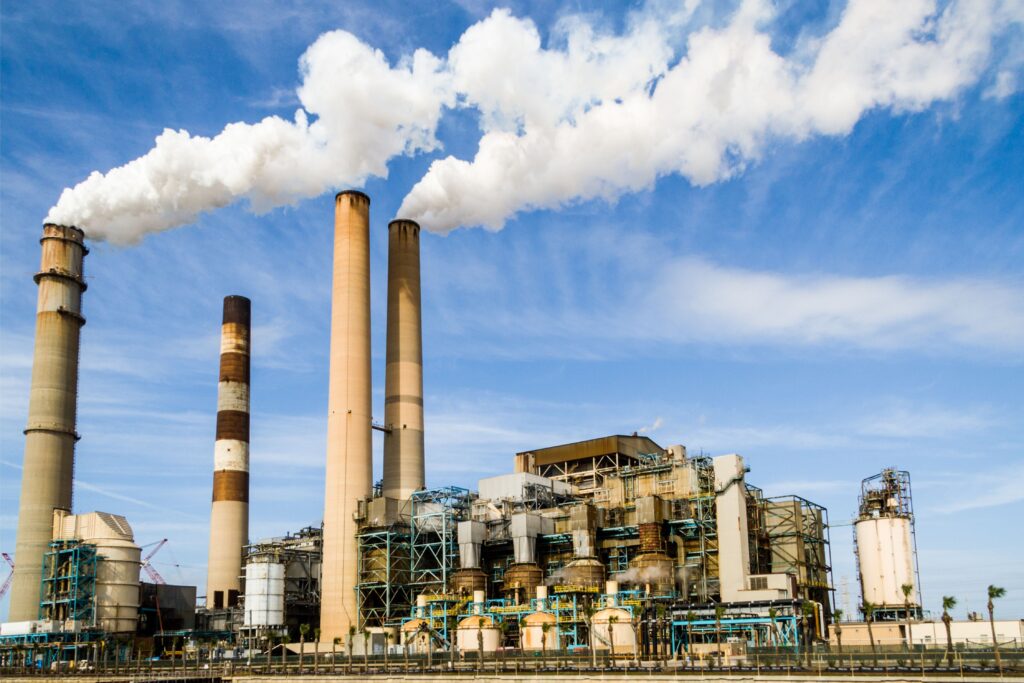
Industrial Warehouses
Warehouses play a pivotal role in logistics. Their designs focus on efficient storage, easy accessibility, and robust security.
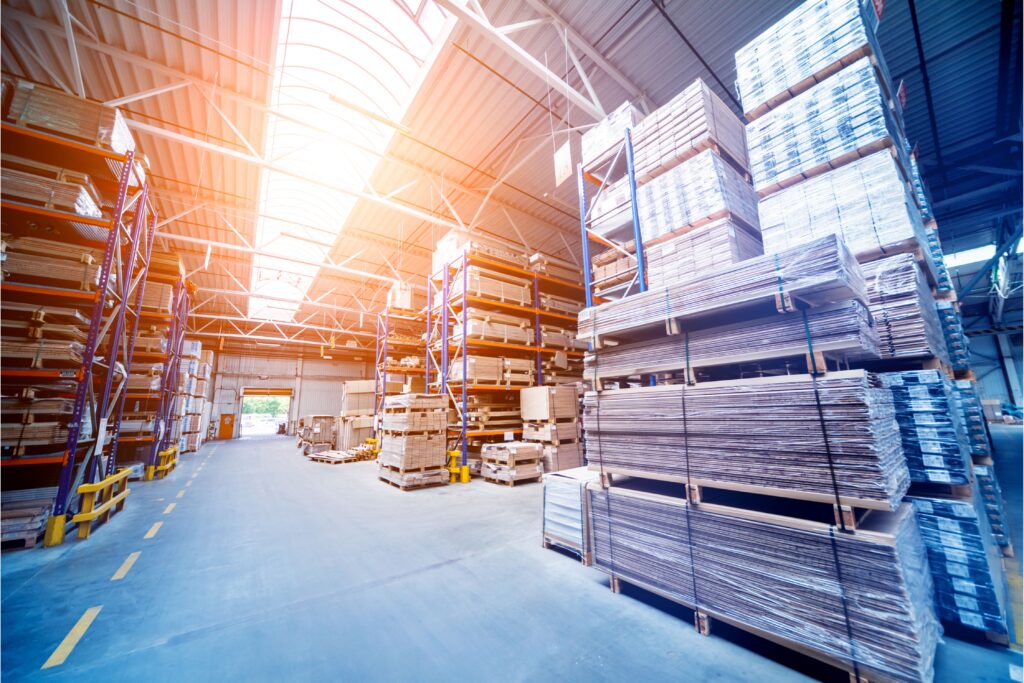
High-Tech Industrial Architecture
High-tech industrial architecture is a futuristic marvel that incorporates advanced materials and technology for efficient and visually striking facilities.
Exploring High-Tech Architecture Characteristics
High-tech architecture is characterized by its:
-Technological Integration: Seamlessly incorporates advanced technology into design.
-Innovative Materials: Utilizes unconventional materials for durability and aesthetics.
-Structural Expression: Celebrates visible structural elements as part of the design.
-Transparency: Extensive use of glass blurs indoor and outdoor boundaries.
-Flexibility: Adaptable spaces to meet evolving needs.
-Sustainable Practices: Prioritizes eco-friendly systems and materials.
-Expression of Systems: Displays building systems as integral components.
-Futuristic Aesthetics: Features sleek, dynamic, and forward-looking designs.
-Functionality as a Priority: Focuses on practical needs for various purposes.
High-Tech Architecture Examples
From Silicon Valley tech giants to cutting-edge research facilities, high-tech architecture has left its mark on numerous structures worldwide.
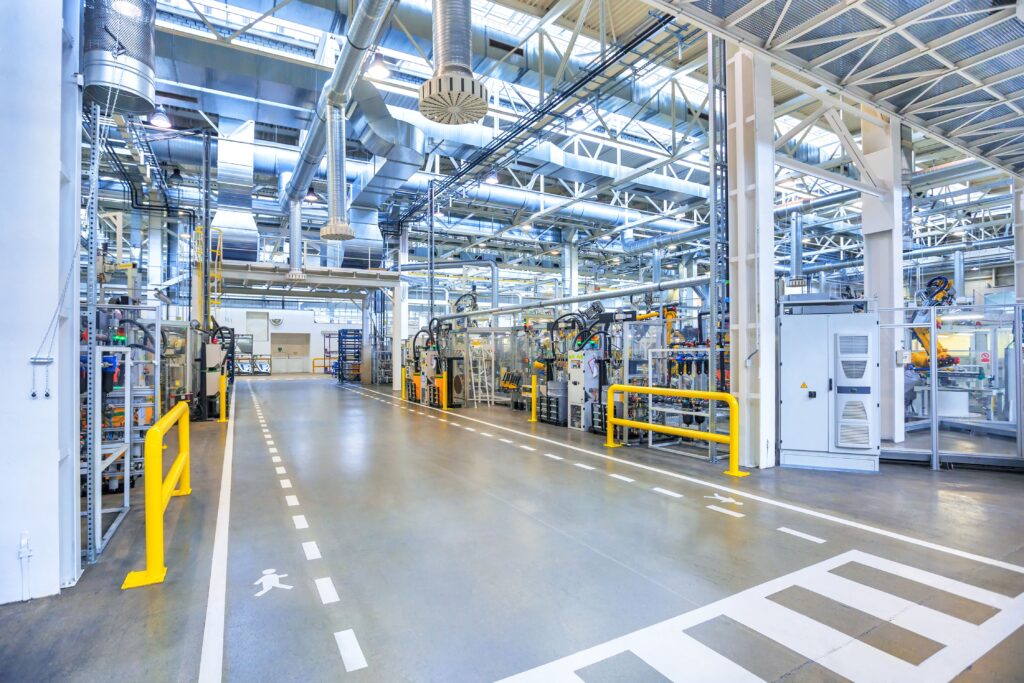
Famous Industrial Architects
The world of industrial architecture has been shaped by visionary architects like Frank Lloyd Wright, Albert Kahn, and Renzo Piano. Their innovative designs have left a lasting impact on the field.
The Difference Between Construction and Architecture
Construction refers to the physical process of building structures.
It involves the actual assembly and erection of buildings, from laying foundations to installing electrical systems.
Construction professionals, including contractors and builders, are responsible for executing architectural plans and turning them into tangible structures.
Architecture, on the other hand, is the art and science of designing buildings and other physical structures.
Architects are the creative minds behind the aesthetics, functionality, and overall vision of a project.
They conceptualize the design, develop detailed plans, and ensure that the structure aligns with safety codes and regulations.
In essence, while construction focuses on the practical implementation of architectural designs, architecture concentrates on the conceptualization, planning, and artistic aspects of the project.
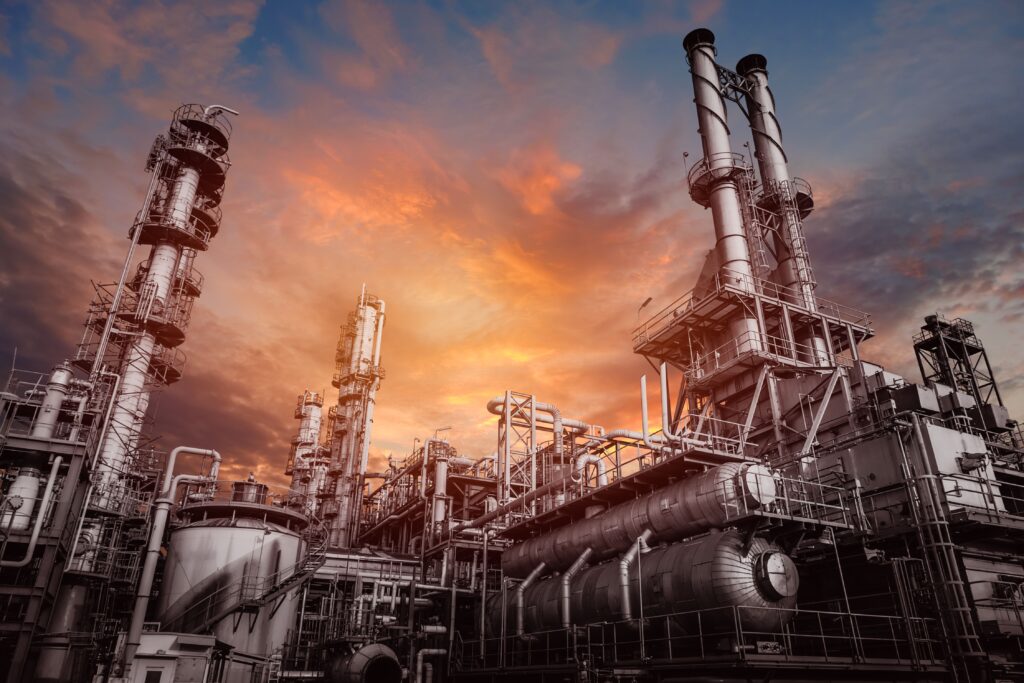
Building Design and Construction : A Collaborative Process
The synergy between architecture and construction is fundamental to the successful realization of any building project. Here’s how this collaborative process works:
Design Phase: Architects begin by creating detailed plans, considering the client’s vision, functionality, aesthetics, and compliance with local regulations. This phase involves conceptual sketches, blueprints, and 3D models.
Pre-construction Phase: Once the design is finalized, it is handed over to construction professionals.
During this phase, contractors estimate costs, create schedules, and procure necessary materials and permits.
Construction Phase: Builders and contractors take the architectural plans and bring them to life.
This phase encompasses site preparation, foundation construction, structural framing, interior and exterior finishing, and installation of systems such as plumbing and electrical.
Collaboration: Throughout the process, architects and construction teams collaborate closely. Architects provide guidance, address design changes, and ensure that the construction aligns with their vision.
This collaborative effort ensures that the final structure meets both aesthetic and functional criteria.

Glamourous : Your Trusted Destination for Architectural Services
When it comes to architectural services, Glamourous stands as your trusted destination. Our team of skilled architects and designers is committed to turning your vision into reality.
We offer comprehensive architectural services, including conceptualization, planning, design, and project management.
Whether you’re embarking on a new construction project or renovating an existing space, our expertise will guide you through every step of the process.
At Glamourous, we understand that the success of any construction project hinges on the harmonious collaboration between architectural creativity and construction expertise.
Our commitment is to seamlessly integrate these elements, ensuring that your project not only meets but exceeds your expectations.
Contact Glamourous today and let us transform your architectural vision into a stunning reality.
We provide exclusive discounts for clients in Qatar, Kuwait and UAE! Should you have any inquiries, don’t hesitate to contact us today at this number: 00905300997111.
FAQs
What is the history of industrial style architecture ?
The history of industrial style architecture can be traced back to the late 18th and early 19th centuries when it emerged as a response to the need for functional and efficient industrial spaces, characterized by the use of materials like steel and exposed structural elements.
How is architecture different today than in the past ?
Architecture today places a greater emphasis on sustainability, technology integration, and diverse design styles compared to the past, reflecting changing social, cultural, and environmental priorities.
What is the difference between modern and industrial architecture ?
Modern architecture is a broad term encompassing various design styles from the 20th century, while industrial architecture is a subset that specifically focuses on the aesthetic and functional characteristics of industrial spaces and materials.
How did the architecture change in the Industrial Revolution ?
The architecture of the Industrial Revolution saw a shift from traditional craftsmanship to machine-driven production, leading to the use of iron, steel, and large-scale manufacturing techniques in construction.




